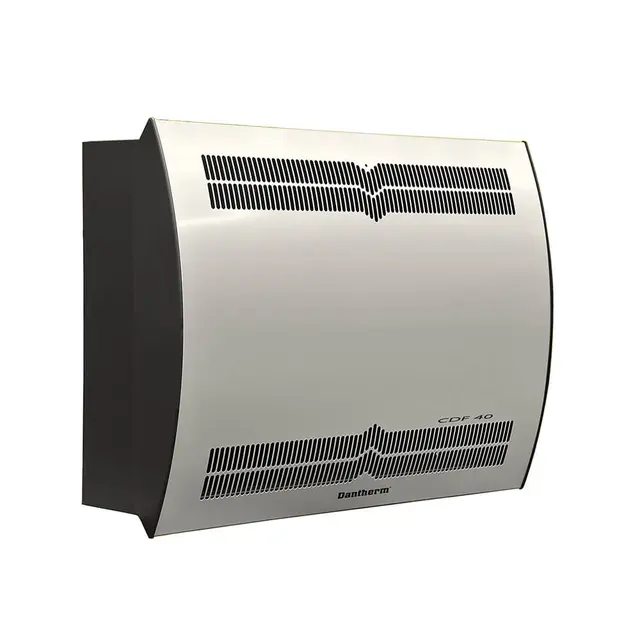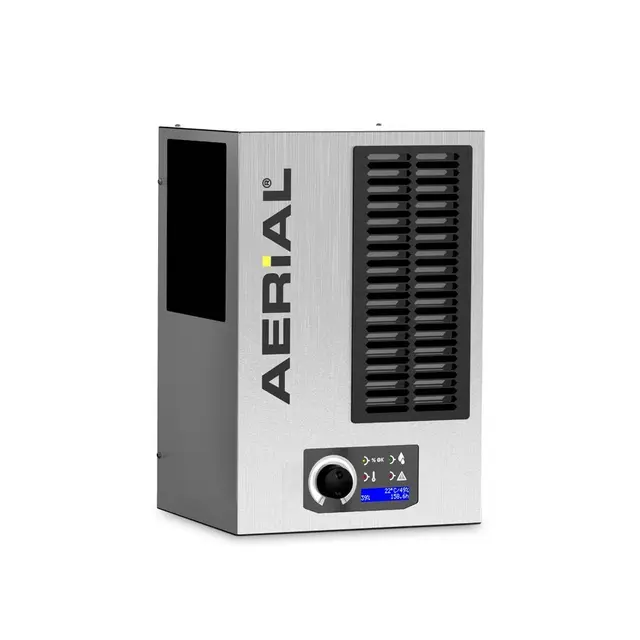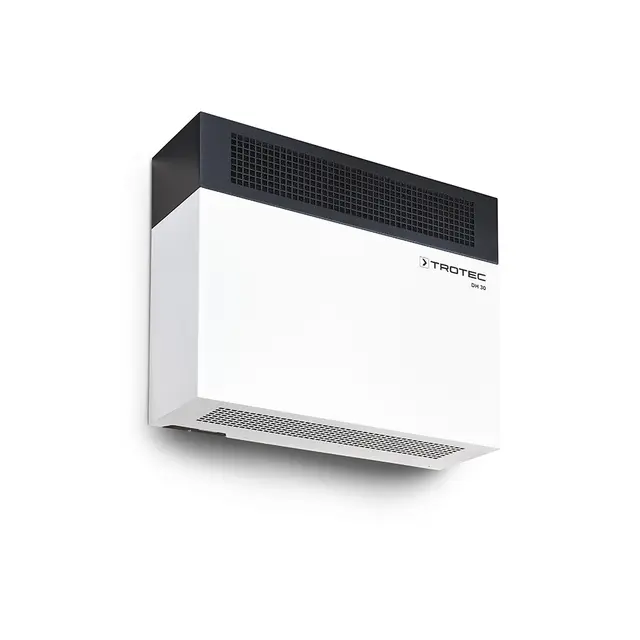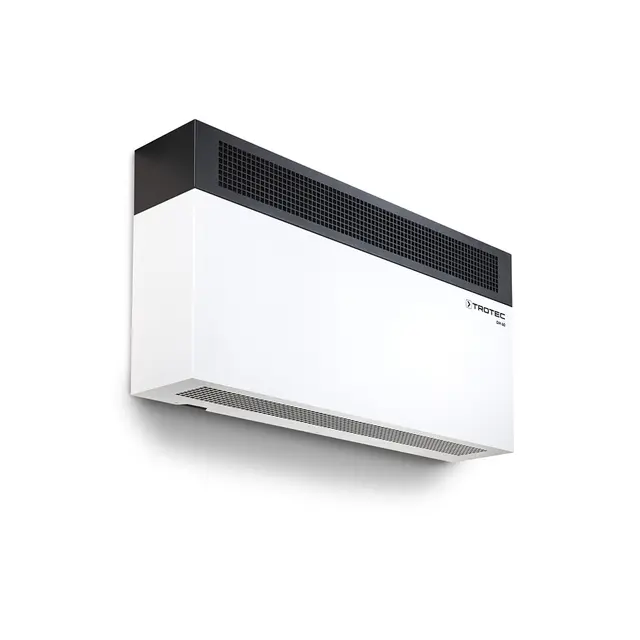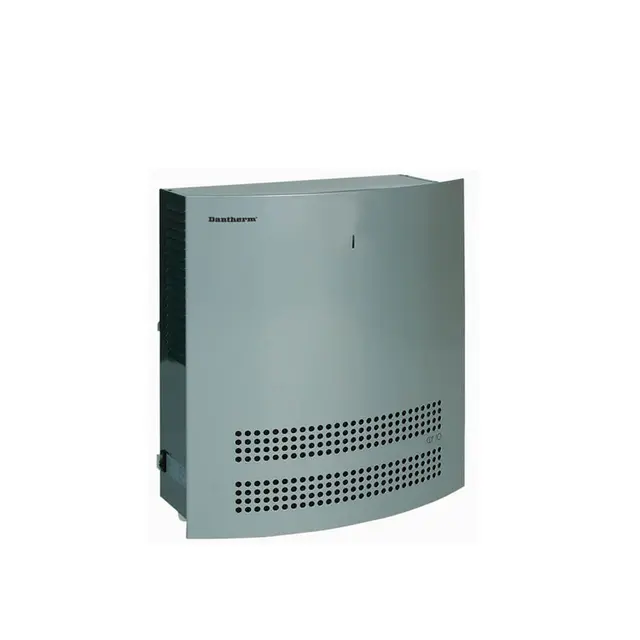Preserving documents and archives

- Home
- Insights
- Humidity control and drying insights
- Preserving documents and archives
Whether your facility is responsible for storing important files, preserving historical archives or keeping legal documents safe and secure, humidity control is an essential factor.
For both newly printed documents or ancient manuscripts, humidity can quickly become a major issue that leads to the deterioration of important information and treasured items. Storage and archive facilities come in all shapes, sizes and ages, which means a bespoke solution is required for every project.
In this article, we’ll uncover the hidden dangers of humidity in the preservation and storage industry, and what you can do to protect the delicate items in your care.
How does humidity affect paper?
Because of their hygroscopic qualities, books, documents and other paper items absorb and release moisture during storage. This is a result of fluctuating temperature and humidity in their environment and causes them to expand and contract. The more this is allowed to happen, the more delicate and susceptible to damage they become.
To understand how the atmosphere changes, you need to understand the basic principles behind relative humidity (RH); the amount of moisture that the air can hold in its current temperature.
Because warm air can hold more moisture than cold air, the relative humidity percentage we see is not a direct measure of the amount of water vapour present. For example, there will be more moisture in the air at 50% RH when the temperature is 25°C than there would be at 10°C.
Sudden changes in temperature can change RH levels dramatically. When the air rapidly cools, RH levels can reach 100% causing the water vapour to condense and settle on surfaces. This is known as the dew point.
When RH levels are too high
As well as allowing paper to swell, high RH levels create the ideal environment for mould and fungal growth. This can quickly spread throughout a room and eat away at almost any material. High levels of moisture in the air will also affect emulsions on photographs, causing them to stick to themselves and other items.
When RH levels are too low
In environments with low relative humidity, books and paper documents will contract and become more brittle as they lose moisture. Glues and veneers can also lift, and leather bindings on older books will perish.
How to keep humidity at a constant
There are many factors that make an unchanging environment difficult to achieve all year round. For example, it’s common for storage spaces to be below-ground, where a lack of ventilation can trap moisture inside the room. On the opposite end of the scale, high ceilings and low-quality insulation that lets heat escape will make a room much more susceptible to drops in temperature and therefore be at a higher risk from condensation. It’s also important to consider how the positioning of radiators and spot-lighting can heat-up isolated parts of a room to create localised pockets of high RH levels.
Instead of relying on heating and air-conditioning alone (which can actually increase the risk of moisture damage), leading storage and archive facilities use dehumidifiers to circulate humid air throughout their rooms and physically remove water from the air as it flows through the system.
How it works
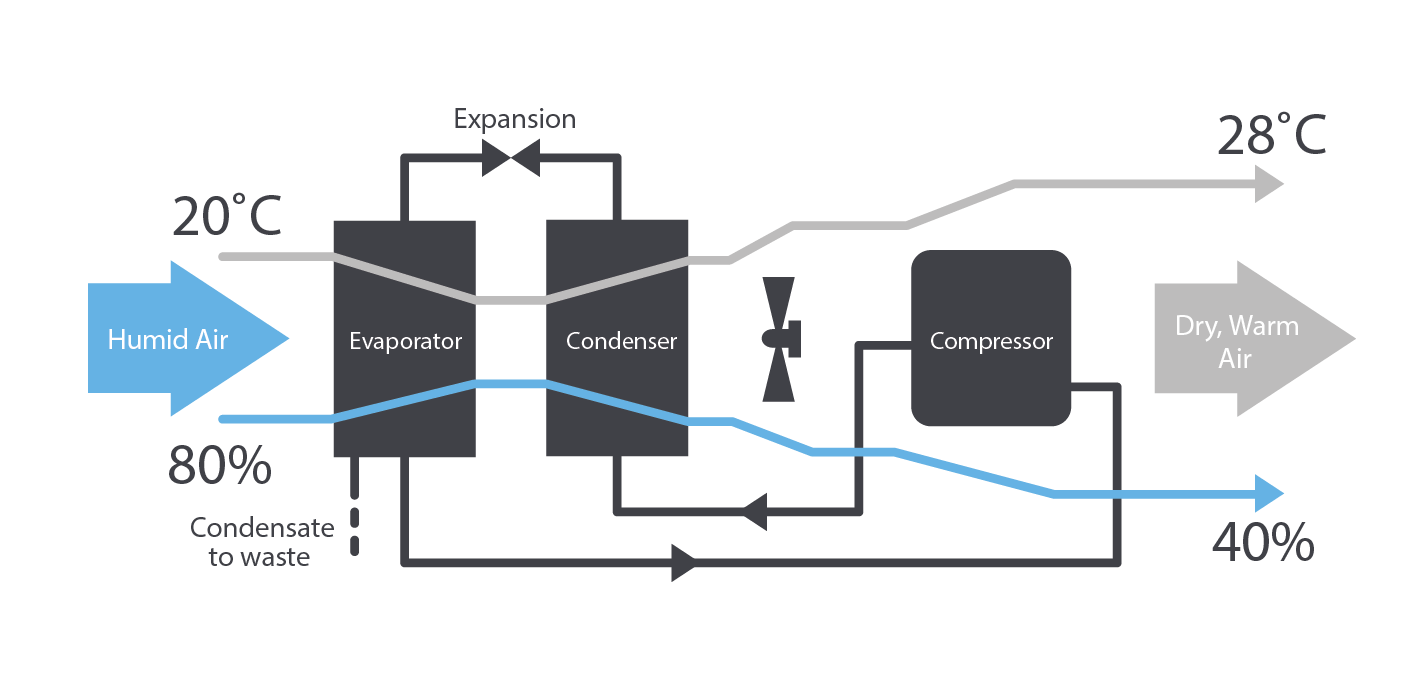
The process
Damp air is drawn into the dehumidifier and across a refrigerated coil
The air is cooled below its dew point, condensing the water vapour
Latent heat energy is recovered and re-used
Cooled air passes across the condenser and reheated
The warm dry air is then returned to the room at the required humidity
Installing a bespoke solution
With wall mounted, freestanding or portable options of different sizes and capacities, Dantherm dehumidifiers can help storage and archive facilities of all types to keep humidity under control.
Installation is quick and simple, so there will be minimal disruption to your building and processes. And to help you get the best results from your setup, all our products come with expert support from an in-house applications department and international service network. Get in touch with our team to find out more.
Related products
Featured insights

Discover how to overcome the humidity challenges of preserving your artefacts

Understanding the environment around you and how to combat humidity damage

Are your valuable artefacts at risk?
Need help with choosing the right solution? Our team of over 100 climate control experts can assist.
You can also reach out or join the discussion on our Social Media. Check out our LinkedIn page.
